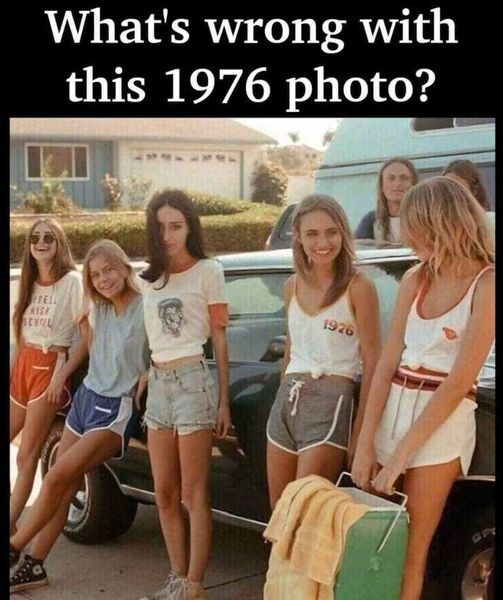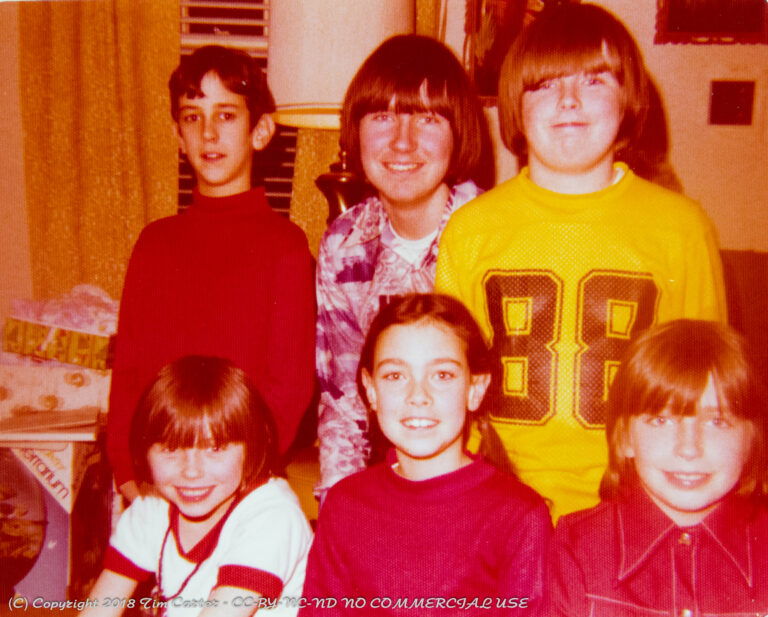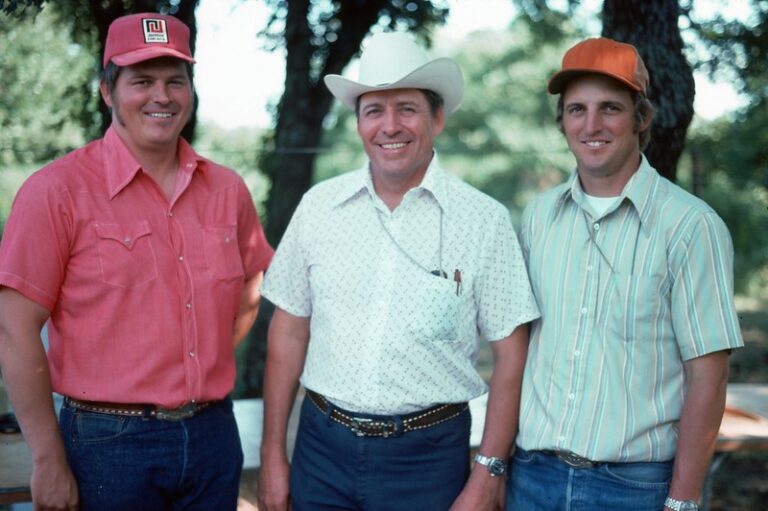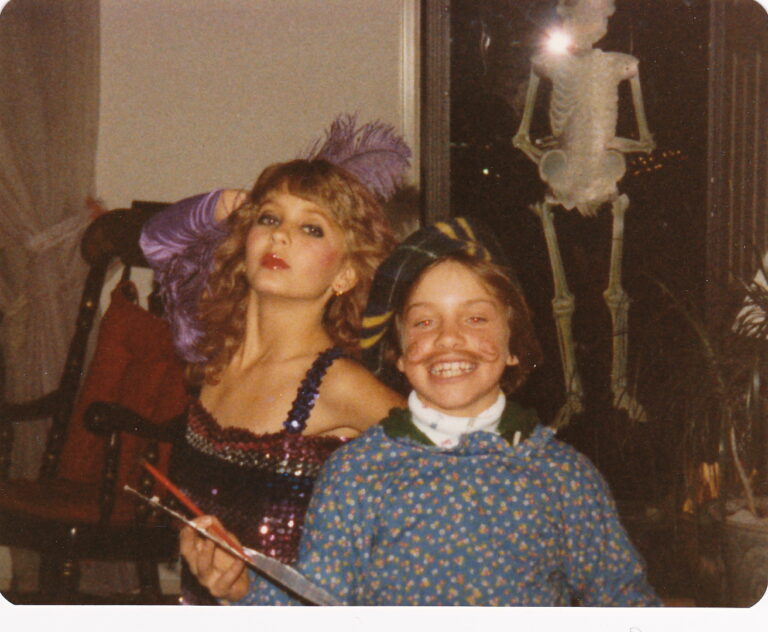
In today’s fast-paced and chaotic society, it’s difficult not to feel nostalgic for the simpler era of the ’70s and ’80s.
I remember days spent traveling on my bike, the wind in my hair, and the world stretched out in front of me. My mother’s call to “be home before it gets dark!” rang in the background while we traveled freely, making memories with our friends.
Those were very memorable times!
And people did talk to each other back then. Conversations were meaningful, and encounters were frequently face-to-face rather than via screen.
While the 1970s were not perfect, they felt like a golden age in comparison to the dystopian nightmare we occasionally find ourselves in today.
As we explore the evolution of friendship and relationships, it is critical to understand how these connections have altered from the 1970s to the present. Join me on a voyage as we explore the changing dynamics of love, companionship, and the relationships that bind us together, emphasizing the nostalgic components that made the past so memorable.

The 1970s were a kaleidoscope of ups and downs that defined the decade. The crisp aroma of freshly cut grass filled the air, and Saturday mornings were reserved for viewing your favorite cartoons.
In the evenings, people enjoyed live musical performances that brought them together. Drive-in theaters were the pinnacle of weekend amusement, with conversations often taking place over the peculiar sound of dial phones.
Who could forget the brilliant avocado green kitchen appliances or the banana bikes that dotted our streets? Muscle vehicles zoomed by, demonstrating the decade’s power and style. I would gladly return to those days in a heartbeat.
Now let’s look at how relationships have changed from the 1970s to the present day.
1. Communication Styles
In the 1970s, most interpersonal contact took place face-to-face or via landline phones.
The concept of texting or instant communications was far from realistic. Couples frequently wrote letters to express their emotions or shared special occasions via phone calls.
The number of phone-equipped households increased to around 95% during this decade, and touch-tone phones began to replace the old rotary types, making calls a little more efficient — and a lot less irritating!
Phone costs were high in the 1970s, and I’ve heard that my family rarely spoke with distant relatives until the night rate became available. When the phone rang during the day, it typically indicated terrible news.
Couples may now communicate instantly thanks to social media, texting, and video conversations, which allow them to connect regardless of distance. This has resulted in an increase in both communication and, in some cases, misinterpretation, as tone and intent can be easily misinterpreted via digital channels.

2. Dating norms and practices
In the past, if you wanted to date, you needed to have good social skills.
For example, you had to be brave enough to converse with strangers – imagine that! Some people argue that dating was easy back then; you could meet your future soulmate almost anywhere – at school, work, or through friends, and yes, even in the smoky haze of bars and nightclubs.
Exchanging phone numbers was almost a rite of passage, and if you wanted to make plans, you had to call them and hope for the best. There’s no need for swiping—just plain old-fashioned nerve!
Today, dating applications like Tinder, Bumble, and Hinge have changed the way people meet. Dating in the 1970s largely involved traditional roles, with men initiating dates and paying for meals; this has obviously changed!
3. Attitudes and commitment
The concept of commitment has also changed. In the early 1970s, a stunning 70% of married men and 67% of married women reported feeling extremely pleased in their relationships, highlighting a period when marital satisfaction appeared to thrive.
Back then, marriage was seen as a big life milestone.
Couples often married young, and divorce was uncommon, though it was beginning to increase. Personal fulfillment and job development are increasingly important to young people nowadays.
Moving in together before marriage has also become common practice, with many couples choosing to live together before making a lifelong commitment or starting a family.
4. Gender roles and equality
During this time, the feminist movement was extremely influential. While there were some wonderful periods in the 1970s, women still had a long road ahead of them in terms of their rights. It was quite uncommon for women to work outside the home back then. They were commonly referred to as “housewives” or “homemakers,” and this was regarded as their principal position in society. Domestic roles were split based on gender rather than need.
With limited work opportunities, many women found themselves in a difficult situation if they separated from their partners. What if they had kids? Forget it! Employers frequently questioned, “Who’s watching the children while you’re at work?”
That’s one of the reasons women began campaigning for equality, which resulted in changes in how relationships were perceived and managed.
Today, the fight for equality persists, but there is a better understanding of various relationship forms, such as LGBTQ+ partnerships and non-monogamous arrangements.
Gender roles are also more fluid, allowing people to build their relationships around mutual respect and collaboration rather than traditional expectations.
5. Did people have more friends?
Personally, I believe that people had more meaningful friendships in the 1970s than they do now. Consider this: no computers, cell phones, CDs or DVDs, and VCRs were an uncommon luxury.
Car phones were large and commonly found in limousines. There were no flat-screen televisions, cable channels, voicemail, or answering machines; everything was analog.

What about stores that are open 24 hours? Forget it! The only places open all night were a few petrol stations and an occasional 7-Eleven. Because of all of this, my time with friends became much more personal, and I believe it helped to strengthen our relationships. Back then, the amount of friends you had didn’t matter much—unless, of course, you were competing for the “most popular” title in the high school yearbook!
For me, it was always about the quality and depth of the friendships. There was something special about sharing moments together, whether just the two of us or in a small group, that made those bonds more significant.
6. Social media influence
Back in the 1970s, public displays of affection were primarily limited to private moments—think stealthy hand-holding and hushed kisses away from prying eyes.
Fast forward to now, and it’s like a completely different planet! We’re now all about publicizing relationship milestones on Instagram and Facebook.
Did you know that the first social media-like software was created in 1978? Bulletin Board System allowed friends to share information and connect with one another. Picture this: you’d dial in using a modem—yes, the sort that produced those odd beeping noises! Users could create groups, exchange files, and post messages for others to see. It was like the original internet hangout spot before social media took off! How cool is that?
Some people nowadays argue that social media “friends” aren’t truly friends, similar to the people you talk to at a bar.
Someone mentioned that you should disappear from social media for a few months and see how many people notice, which is a little alarming! On the other hand, it’s an excellent and simple way to stay in touch with former classmates, family members, and casual acquaintances. With social media, things are clearly mixed.
7. Mental health awareness
Finally, increased understanding of mental health disorders has fundamentally altered how we approach relationships. Back in the 1970s, discussing mental health was typically considered taboo, and people struggled to express their emotional needs.
People frequently self-medicated, and society tolerated a high level of madness, intoxication, and misery at the time. Many people were classified as “ins:ane,” “lunatic,” or “idi:otic,” which, really, did nothing to benefit anyone. It simply added to the stigma.
What about today? It’s an entirely different ballgame. There is a strong emphasis on emotional intelligence, mental health assistance, and healthy communication.
Couples are advised to seek treatment, talk openly about their feelings, and prioritize their emotional well-being. To be honest, I believe things have improved significantly! It’s encouraging to see people prioritize their mental health and develop deeper, more connected relationships.

So, there you have it! The friendships of the 1970s added something unique to the table: genuine relationships, unforgettable hangouts, and plenty of laughter without the distractions of modern life.
While modern friendships have their advantages, there’s something about traditional bonding that we can’t help but miss!
So what do you think? Were the friendships of the 1970s really better? I would love to hear your opinions! Let’s talk about it in the comments—and don’t forget to share this article on Facebook!















